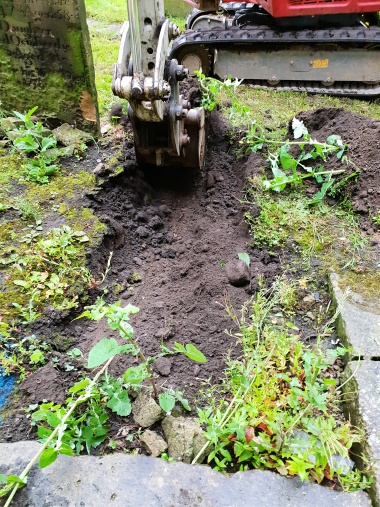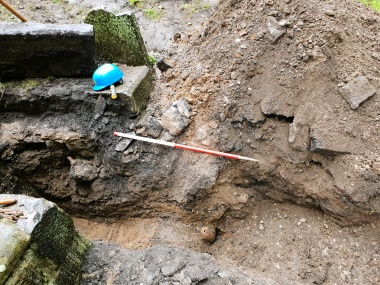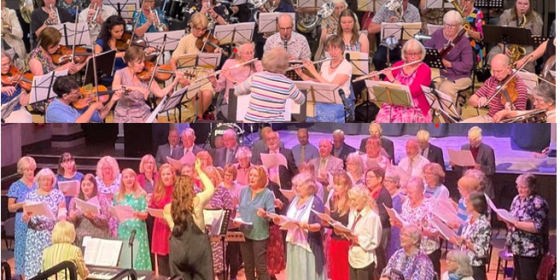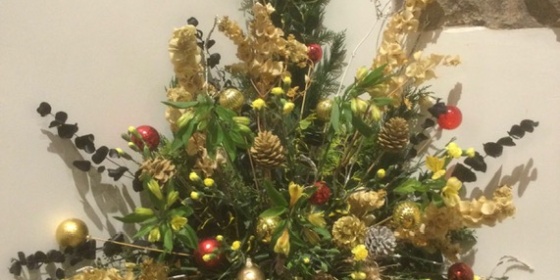What did archaeologists find at St Mary’s?
One of DigVentures' own field archaeologists took part in an excavation at St Mary's over the summer, but what did they uncover in the graveyard?
21st December 2020Heritage
It’s been a strange year full of unprecedented changes, and archaeology definitely felt the effects as well as everyone else. But, luckily for us here at DigVentures, there was one upcoming project that we could still work on, at least behind the scenes …
Whilst the spring lockdown seemed to put so many aspects of life on hold in Barnard Castle and beyond, including the St. Mary’s project, we were lucky enough to be able to continue working safely on at least one little element of this vibrant project: the church restoration itself. As part of the works commissioned to improve the fabric of the church and its surroundings, we found ourselves in the unique position of being able to carry out some limited archaeological excavations in the churchyard, due to essential drainage repair works that needed to be carried out.
As you can imagine, digging in any church graveyard – let alone one so heavily used as historic St. Mary’s – runs a pretty high risk of encountering human remains! So, it makes it pretty necessary to keep an archaeologist on site at all times, just in case. This is how, over four days in sunny July, a member of our very own team got to oversee excavations at St Mary’s. And we definitely found one or two interesting things along the way …

Opening the trenches
One thing that was definitely no surprise at all was the amount of human bone we uncovered in literally every trench. None of the bone excavated was from intact burials though, which does seem a bit strange for an organised site like a cemetery. But, unfortunately, over the years the graveyard has been highly disturbed by a constant series of digging and re-digging graves. This tends to happen in churches that are used over hundreds of years, and eventually St Mary’s graveyard was closed in 1860.
So, if you’re imagining neat rows of skeletons laid out across the churchyard, that couldn’t be further from the truth. In one of the trenches, we found a large concentration of human remains in one deposit, mainly skulls and long bones. The deposit seemed to be resting directly on top of the old salt-glazed drainage pipe, which is super useful for us archaeologists because it helps us to understand the phasing (or evolution) of the site. In this case, we can assume that the pipe must have been put in first. So, in that case the human remains we uncovered were probably disturbed when they added the pipe, before being gathered together again and placed back in the ground, over the pipe, before the trench was backfilled.

The trench at St Mary’s
Something even more surprising was the evidence of a single ‘articulated’ (complete) skeleton we found in trench two. Although, it wasn’t entirely complete, only consisting of two arms resting across a pelvis and spine. After this, excavation was stopped, and we made sure to record the bones in the ground before the trench was backfilled and the drainage route was diverted elsewhere. It’s really important to us as archaeologists to remember that all humans deserve the utmost care and respect. Just like us, these were once living people too! As for the other remains we found, after they’d been photographed and recorded, we made sure they were all carefully re-buried in the ground before backfilling.
It wasn’t just bone we discovered in this excavation! We learnt a bit about the building itself too. For instance, in one of our trenches we could see the foundation trench of one of the transept buttresses; weirdly, it was shallower than we expected. On a smaller scale, we came across a number of artefacts, including all sorts of items such as pottery, glass and even children’s marbles. We bet they were gutted to lose those! Most were post-medieval, so they dated from the 18th to the early 20th century. The only exception was some fascinating sherds of medieval green-glazed pottery that might even date back to the early days of St Mary’s.

Green-glazed pottery from the excavation, cleaned up in post-excavation
On the whole, this was an exciting chance to open just a small window into the world of St. Mary’s past. All puns aside, this felt especially important considering it such unusual times, where we all had to adjust to experiencing our heritage from afar. One thing is for sure, this unique opportunity definitely shows that the story of St Mary’s still has a lot of secrets and mysteries just waiting to be discovered.
Follow us on Facebook
Get more updates and engage with the church community on our Facebook page


